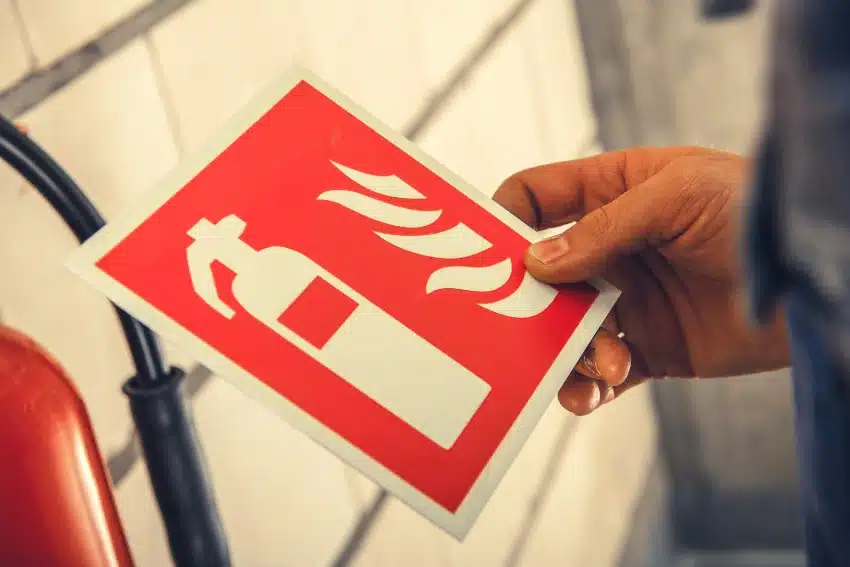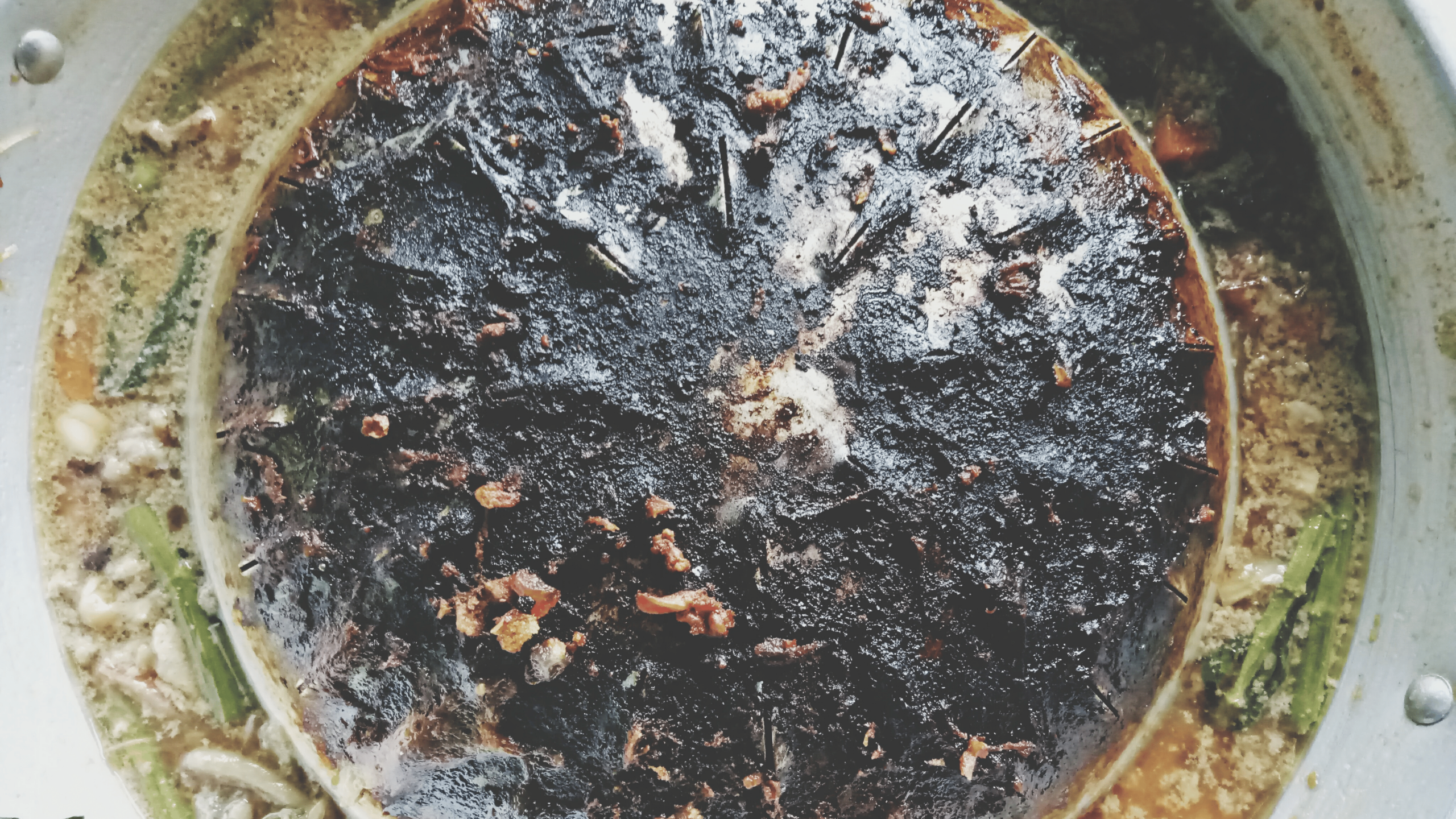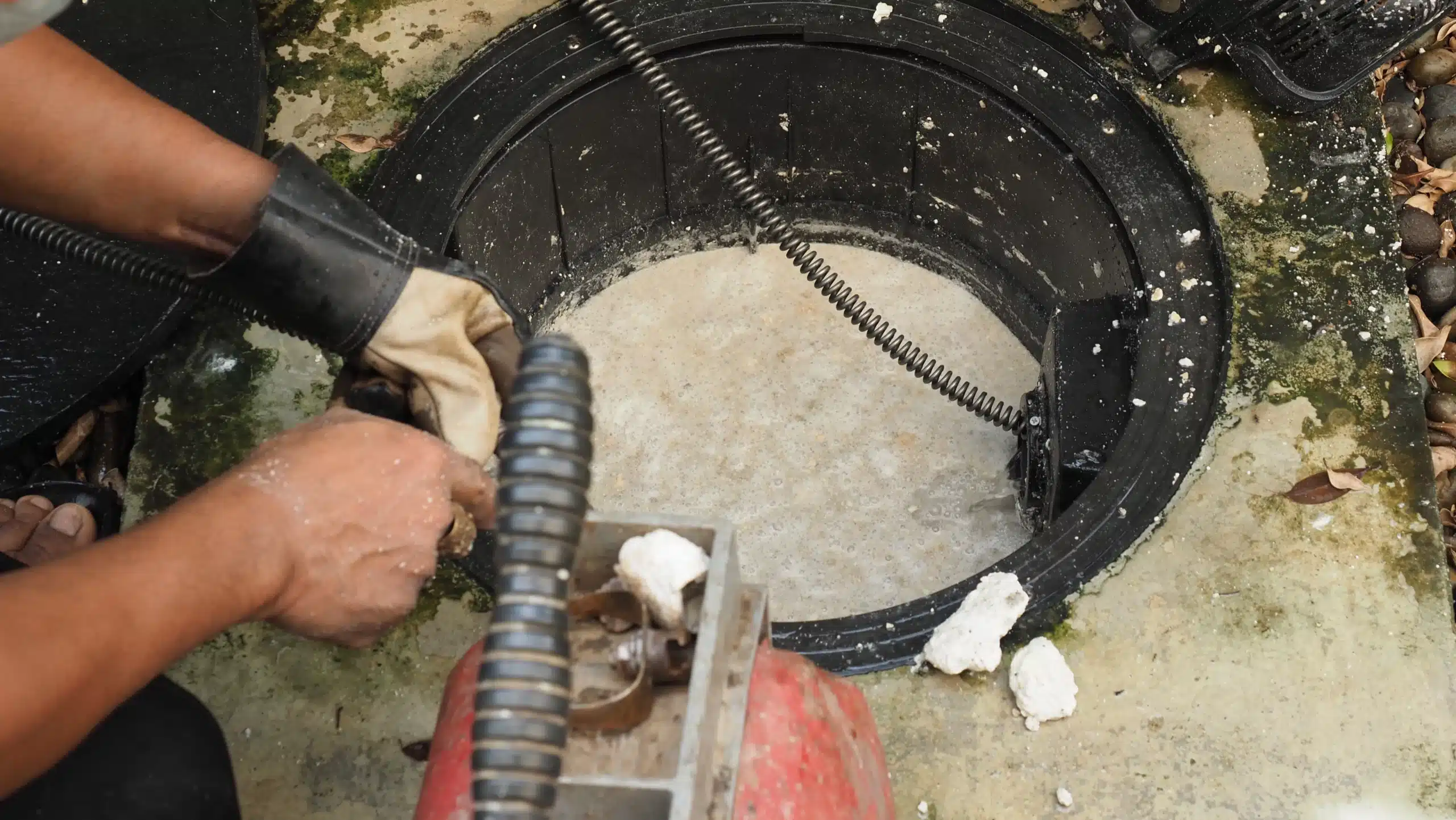
Does The Grease Accumulated In The Trap Pose Fire Risks?
The content that goes to your grease trap is usually a mixture of food materials, oils, fats, and water. The FOG content is usually less than the water content. Therefore, this might “mislead” you to think that a grease trap fire is impossible, you know, on account of the water. But that is not right, because the grease in a neglected trap can catch fire.
There is a significant fire risk in an ignored grease trap
The most important thing with the grease control device is to keep it in topnotch health, by following the recommended servicing schedule.
If you don’t do this, the grease piles up, and it starts to solidify. That is not all, because microbes break it down and the result is fumes that have a rotten egg smell. Grease is a flammable substance, so all it would take is a simple mistake, and if a spark finds its way into it, it lights up.
Again, if a fire breaks out in the restaurant kitchen, it can easily spread to the grease trap, especially if you have installed an indoor one. This would make the kitchen fire even harder to control, and from the grease interceptor, it could spread to other places easily.
According to the American Red Cross Southern California Region, cooking causes most of the household fires in the US. Oven grease catches fire easily, and leaving the food you are cooking unattended exposes you to a big risk of fire.
The same is also true of restaurant fires. They start in the kitchen, and they can spread easily if not contained fast. The main causes of commercial kitchen fires include a poorly maintained grease trap, cooking grease catching fire, and electrical problems.
Why grease fire is so dangerous
If a grease fire breaks out in the kitchen, it can be hard to contain. It can be many times harder to control if it spreads to the indoor grease trap installed under the kitchen counter.
The grease is liquid, so it splashes and spreads the fire easily. In the kitchen, there are many flammable things. For instance, there is the used cooking oil, which is waiting to cool down so that it can be transferred to storage bins. This too can catch fire easily and spread it fast.
Please note that even the outdoor grease traps can catch fire easily. Although OSHA does not list fire as one of the hazards that grease traps pose, this does not mean that it can’t happen. Therefore, as you worry about slip and fall hazards, consider putting some safety measures in place, in case the grease trap catches fire.
Remember, the outdoor grease interceptor is installed in an area that the restaurant employees frequent a lot. Thus, all it takes is a small mistake, such as a burning cigarette butt, and the FOG tank bursts in flames.
To enhance fire safety in restaurant kitchen, anything that comes into contact with grease, fats, or oils should be kept as far from open flames as possible. Keeping everything clean also helps to enhance safety.
How to handle restaurant grease safely to lower the fire risk
When it comes to handling grease in a commercial kitchen, you should always remember these things:
- Grease is a dirt and bacteria magnet
- Grease can catch fire, and spread it easily
- Grease in the kitchen increases slip and fall hazards
When you have installed a grease interceptor that meets the set standards, the next thing is to keep it in great health all the time.
When to clean the grease control device
Emptying and cleaning the grease trap in good time is recommended, usually when the grease level reaches to about 25%. The authorities are very strict about this, so you should clean it on time, and keep proper reports of every cleaning job.
The grease interceptor is connected to the kitchen sink by pipework. When the kitchen employees wash things, or dispose of anything in the sink, it goes down to the FOG trap. Inside the trap, the water separates from the grease, moves to the second chamber and drains to the public sewer system through the outlet baffle.
The grease from the kitchen keeps piling up in the first chamber of the FOG interceptor, until it is due for emptying. It is then pumped out, the tank cleaned thoroughly, and the pipes are blasted with high pressure water. This removes any grease that might have stuck to the pipes.
Handle used cooking oil carefully
You should highly discourage the disposal of used fryer oil in the sink. Rather, it should be collected in the bins or containers provided by your recycling company. That way, it is safer to handle and cannot catch fire easily.
However, before you can transfer the oil to the storage containers, you need to let the oil cool down. So, there is still a high risk of the oil catching and spreading fire.
Designate the place for used fryer oil so that every kitchen employee can know where everything is all the time.
FAQ
Is your grease trap a fire hazard?
Unfortunately, the grease interceptor is a fire hazard, and that is why it should be maintained in perfect condition all the time. You should empty and clean it on time to minimize the fire risk.
What are the main hazards of a grease interceptor?
First, the old grease releases fumes like carbon dioxide, hydrogen sulfide, and methane (flammable). Secondly, slip and fall risk is high, which is caused by poorly installed grease interceptors, badly covered traps, and grease spillage around the interceptor area.
Thirdly, outdoor grease interceptors can be quite large, up to 5000 gallons. If the covers are not up to par, there is a risk of falling and sinking in the grease, if someone steps on the cover and it caves in.
How do you put out a grease fire?
This type of fire is categorized under Class B, which is for burning gas or liquid. To put out such a fire, smother it with a fire blanket to deny it oxygen. Do not pour water on it, blast with flour, sugar, or use a wet towel.
Final thoughts
Grease is made of fats, and oils, and they are highly flammable materials. The age of the grease does not matter because with time and bioactivity, it starts to produce gases, some of which are flammable.
Therefore, a dirty grease trap is not safe, as there are risks of clogging, producing toxic fumes, spreading germs, and catching fire!
To avoid the hazards associated with grease, take every precaution possible. For the safe collection and recycling of used cooking oil, the emptying and cleaning of the grease interceptor, call us.
At Grease Collection, grease is our business, and we know just what to do with it – get it out of your premises, so that your employees can be safe from fire, slipping, and falling.
Call us or send an email to request a service, discuss your needs and arrange for a site visit soon.


